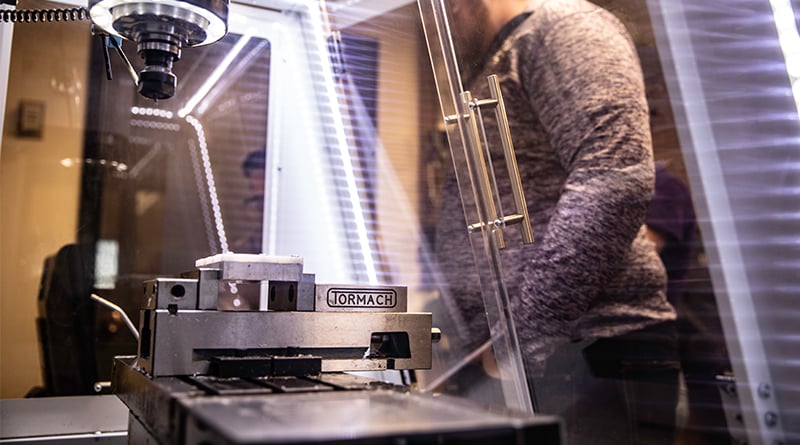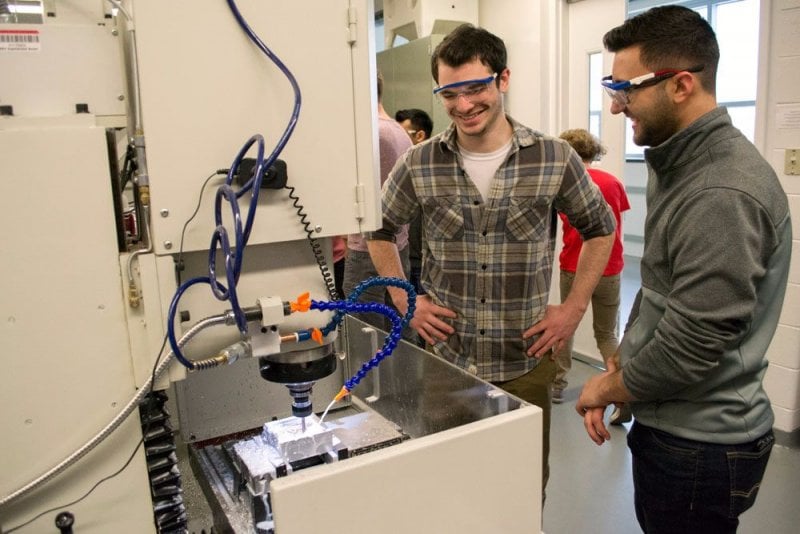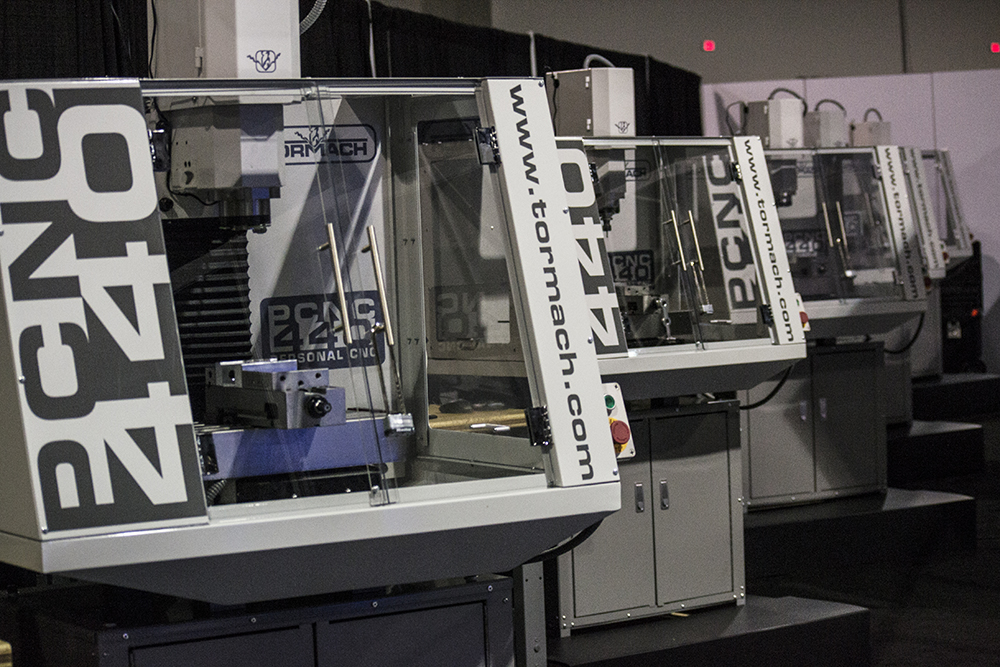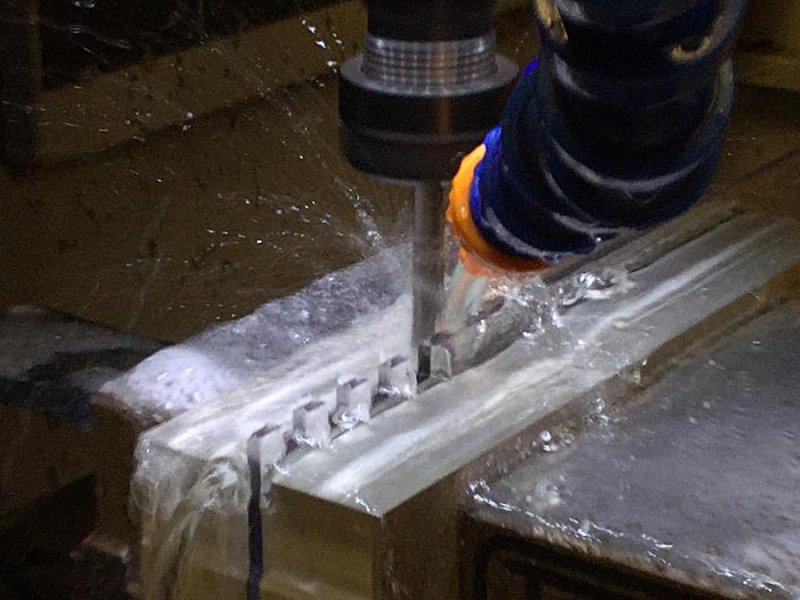Adding hands-on experiences in the classroom makes CNC machining easier to both learn and understand - especially in the commercial world of manufacturing and engineering. Matias Perret is an instructor in the College of Engineering at the University of Iowa, and he has used both a PCNC 770 and a PCNC 440 to give his students CNC manufacturing experience.






